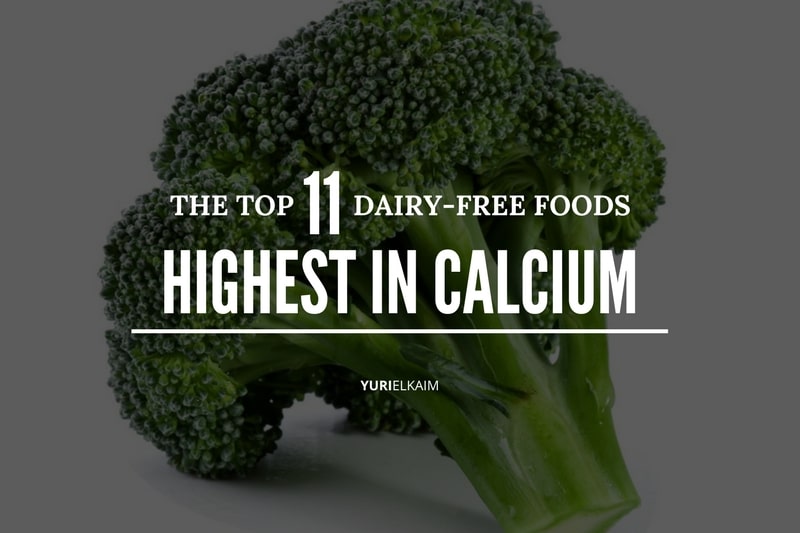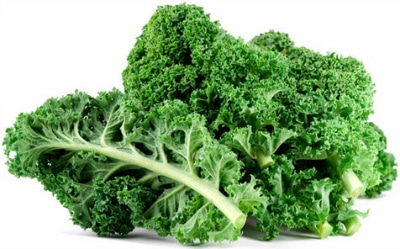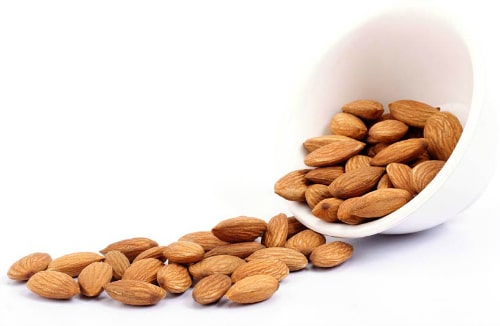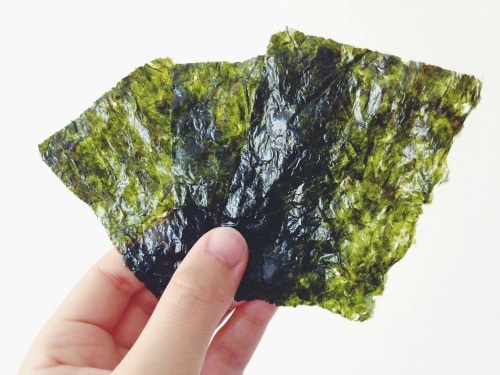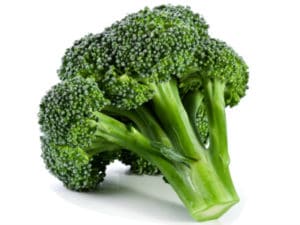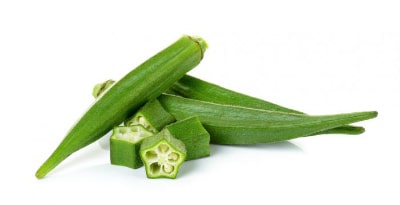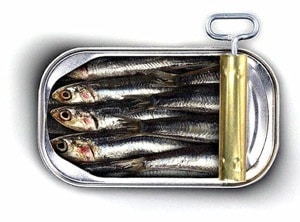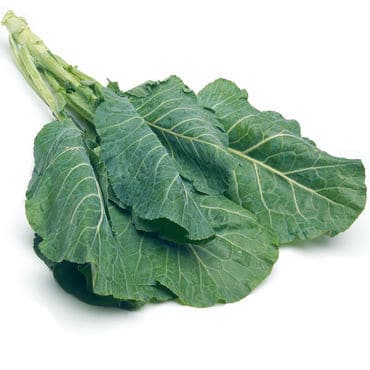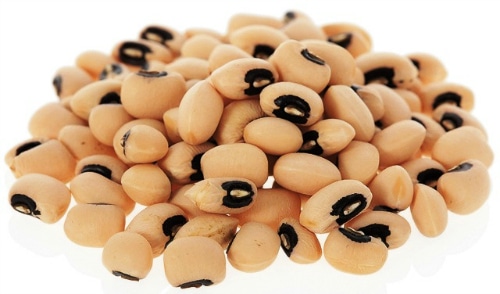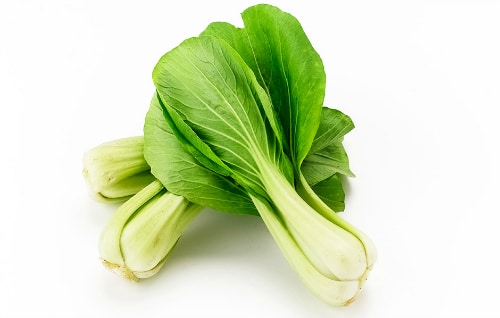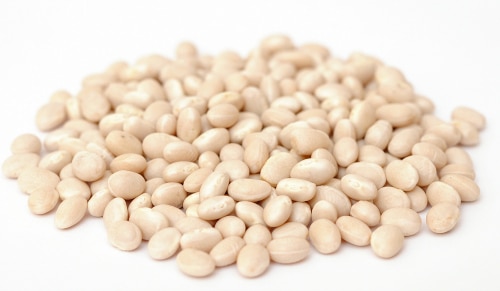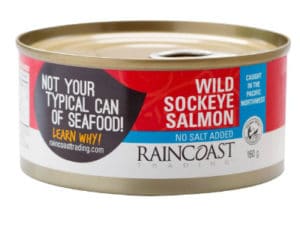In this article
From a very early age, it’s been drilled into our heads that we need calcium.
And usually, we’re told we need get that calcium from milk. Seriously, how many times have you seen ads asking you if you’ve “got milk?” Or telling you that “milk builds strong bones”?
Yes, it’s true – you definitely do need calcium.
Your muscles, heart, and nervous system all depend on this essential mineral to function seamlessly and ensure that you maintain good health. Calcium is crucial for blood clotting, hormone production, and building strong bones and teeth.
Without enough calcium, debilitating problems like rickets and osteoporosis can quickly start cropping up.
But the truth is that you don’t have to get your calcium through milk, or even dairy at all.
Contrary to popular belief, there are dozens of healthy, dairy-free foods that can help you meet your daily needs.
In fact, some of the foods highest in calcium don’t even have dairy at all.
How Much Calcium Do You Really Need?
Adults between the ages of 19 and 50 need about 1,000 mg per day. For women over the age of 50 that number jumps to 1,200 mg per day. So, if you care about your bones at all, then it really is important to incorporate a few of the following calcium-rich foods into your daily diet (1).
Meeting your needs is easier than it seems. I’ve picked the top foods with the highest calcium content to give your calcium intake a boost.
They Do a Body Good: 11 (Non-Dairy) Foods Highest In Calcium
1. Kale
Kale earns its status as a superfood thanks to its impressive calcium content alone. Just one cup of chopped kale contains 100 mg of calcium, fulfilling up to 10 percent of daily needs.
Aside from calcium, kale is also rich in vitamin K, potassium, and vitamin C. It’s also packed with fiber, helping you feel full all day.
Add a bit of kale to your morning omelet, pop it in your blender and make a smoothie, or enjoy a kale side salad for lunch and you’re already well on your way to meeting your calcium requirements.
2. Almonds
Almonds definitely top the charts as one of the tastiest calcium-rich foods. A one-ounce serving of almonds (containing about 23 almonds) contains 75 mg of calcium.
Munching on almonds brings a good chunk of vitamin E, magnesium, riboflavin, antioxidants, and heart-healthy monounsaturated fats.
Almonds make a great snack, and are an excellent way to make paleo porridge or your own homemade granola cereal.
Remember to always measure out your portions, though. While these nuts are super nutritious, they’re also high in calories and it can be easy to get carried away.
3. Seaweed
I bet you weren’t thinking about all the nutritious vitamins and minerals packed in your sushi roll, but believe it or not, seaweed is actually an awesome source of calcium.
There are several different types of seaweed and they have a pretty varied nutrient profile. Hijiki, for example, is a type of brown seaweed often used in Japanese cooking that is the highest in calcium. It delivers 140 mg of calcium per 1/2 cup serving, singlehandedly giving you almost 15 percent of your daily needs.
Other types, like dried seaweed, have anywhere from 40 to 70 mg per gram, meeting the daily requirements with a serving of just 1 to 2 tablespoons.
Seaweed is loaded with other important minerals too, including iodine and iron. It also contains omega-3 fatty acids and high-quality protein.
To get more seaweed into your diet, experiment with seaweed snacks or adding a sheet of nori to salads or wraps for a nutritious boost.
4. Broccoli
There’s a reason your mother told you to eat your broccoli when you were a kid – broccoli is one of the foods highest in calcium.
A cup of broccoli contains about 70 mg of calcium. Plus, it’s a good source of fiber, vitamins E, C, and K, and potassium.
If you like broccoli, it’s probably not too hard for you to think up some tasty ways to get it on your plate as a detox salad or side dish throughout the week. But if you’re not the biggest broccoli fan, you might want to try throwing it in the blender and enjoying it as part of a toxin-blasting smoothie.
5. Okra
This green veggie is not only full of flavor but it’s also a great non-dairy source of calcium.
One cup contains about 82 mg of calcium, plus it’s an awesome way to get in more potassium, fiber, or folic acid.
Okra is great when oven-roasted. Spice it up simply by using olive oil with a dash of salt and pepper or cover it with a spice blend for an extra kick of flavor. Try this recipe.
6. Sardines with Bones
These fish may be small, but they are jam-packed with nutrients, including calcium.
A single sardine contains about 46 mg of calcium while a 1-oz. serving has an impressive 108 mg. Eat the entire 3.75-oz. can and you’re getting about 351 mg of calcium, knocking out nearly half of your daily calcium requirement.
On top of their excellent calcium content, sardines are a good source of vitamin B12, selenium, phosphorus, and omega-3 fatty acids. With 7 grams of protein in every ounce, they’re also great for meeting your protein needs.
While canned sardines are more common and certainly simpler to prepare, you can also use fresh sardines and get the same health benefits. Make sure to keep the smaller bones in to get the most calcium. During the cooking process they’ll become more soft and tender.
Toss a few sardines on a salad and you have a well-rounded and nutritious meal. Or for a simple snack, enjoy a can of sardines with mustard or a splash of lemon juice for a bit of extra flavor.
7. Collard Greens
Most dark leafy greens are rich in calcium, and collard greens are no exception. Just one cup gives you 84 mg of calcium, just over 8 percent of what you need through the entire day.
Collard greens offer more than just calcium when it comes to nutrition: they contain a healthy amount of iron, vitamins E and B6, and folate.
One of the most delicious ways to add a few servings of this super nutritious veggie into your diet is by layering on some veggies and hummus and turning it into an ultra-healthy collard green wrap.
For an even bigger calcium boost, throw some calcium-rich ingredients in there – sardines and broccoli, anyone?
8. Black-Eyed Peas
Also known as the cowpea, this type of legume stands out thanks to its distinctive black spot and extraordinary nutrient content. In fact, a cup of cooked black-eyed peas contains 211 mg of calcium, or 21 percent of your daily needs – along with 7 grams of fiber (nearly 30 percent of your daily requirement).
Black-eyed peas are also high in protein, magnesium, folate, and vitamin A.
There are countless ways to fit a few servings of legumes into your day. My favorite is by using them as a topping for a tasty salad, like this vegan Caesar salad.
9. Bok Choy
There’s a good reason this leafy Chinese cabbage has grown in popularity recently. With a unique flavor and an incredible portfolio of vitamins and minerals, we all should be eating more of it.
A cup of cooked bok choy provides you with 16 percent of your daily calcium needs, plus lots of vitamin K, vitamin C, potassium, folate, and vitamin A.
Bok choy can be stir fried, boiled, steamed, or even eaten raw. It can even be used to enhance your favorite green smoothie.
10. Navy Beans
Even if you don’t find yourself eating beans often, you’ve probably tried navy beans at some point. As the main ingredient in baked beans and French cassoulet, navy beans are both nutritious and delicious.
Did I mention they’re a fantastic source of calcium? Each cooked cup of these beans has 125 mg of calcium, or about 13 percent of the daily value. A cup also fulfills 76 percent of your daily fiber requirement and has plenty of of folate, manganese, copper, and phosphorus.
Navy beans add flavor and heartiness to a slow cooker soup. And with just a little creativity, they’re also great for stews, chilis, and side dishes.
11. Canned Salmon
Much like sardines, canned salmon can be an easy way to boost your daily calcium intake. Thanks to the bones of the fish, which hold most of the calcium, just a half-cup serving delivers 29 percent of your daily requirement. Canned salmon is also high in protein, selenium, phosphorus, vitamin B12, and heart-healthy fats.
Note that this applies to canned salmon rather than fresh. This is because canned salmon contains bones, which hold most of the calcium. A 3-oz. serving of fresh salmon only has about 13 mg of calcium.
Try mixing your canned salmon with your favorite gluten-free pasta dish or add it to a wrap or salad for a high calcium meal that’s sure to satisfy.
Cram in the Calcium
By adding just a few of the dairy-free foods highest in calcium to your diet, it’s actually pretty simple to meet your daily calcium needs.
Or better yet, combine a few servings into a single dish and get a concentrated dose of calcium all at once. Your bones and teeth – along with the rest of your body – will thank you.
Dairy-Free and Good for You
Are you looking for more dairy-free meals that will take your nutrition to the next level? Be sure to get your copy of The All-Day Energy Diet Community Cookbook.
All 67 of the recipes in this cookbook are also gluten-free and low in sugar. But they’re definitely high in nutrition and flavor – and they are designed to take just minutes to prepare.
Even better – the cookbook is FREE! Just click the image below to get your copy.

